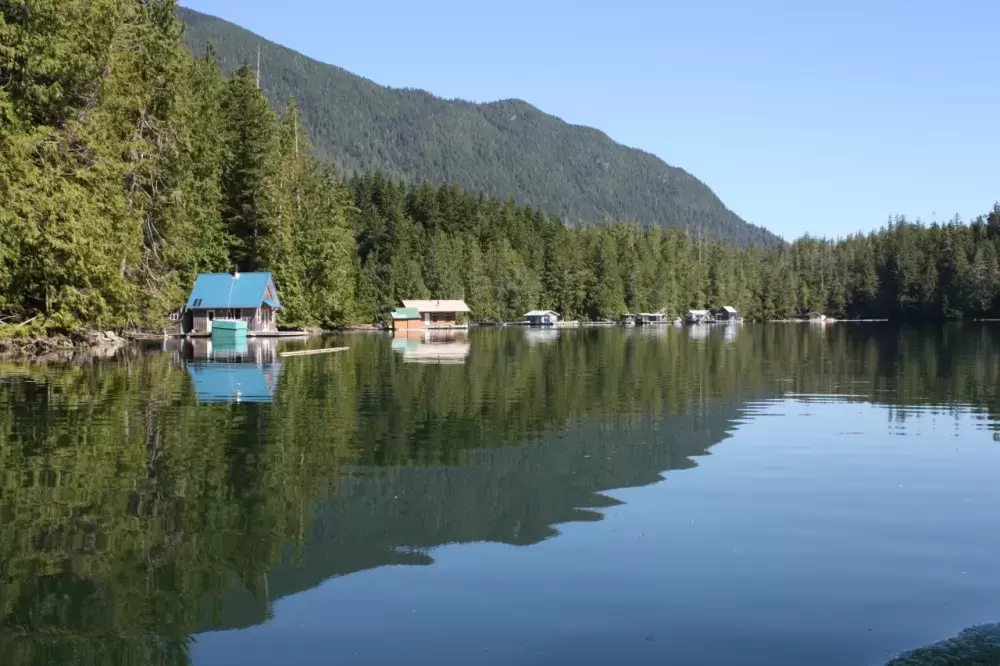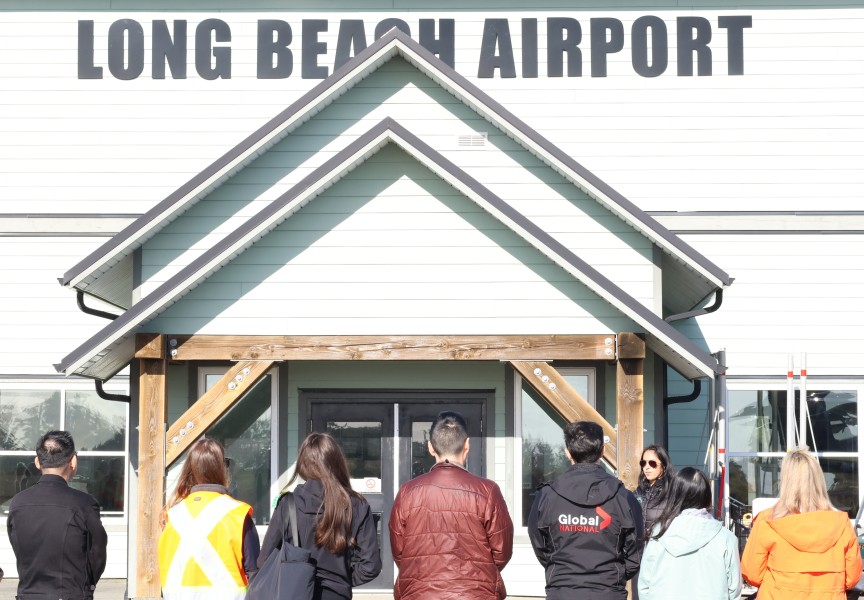To meet concerns over unregulated float homes in the region, the provincial government is taking over jurisdiction of two areas at the entrance to Barkley Sound.
San Mateo Bay and Uchucklesaht Inlet, which are located where the Alberni Inlet meets Barkley Sound, have been managed under a lease by the Port Alberni Port Authority. This lease with the provincial government covers the waters from Polly’s Point to Tzartus Island in Barkely Sound, but the remote bay and inlet will soon be taken out of this agreement due to concerns over the presence of float homes.
“The port authority applied to the ministry to surrender portions of the head lease that are outside the main transportation corridor for the port authority,” said the Ministry of Forests, Lands, Natural Resource Operations and Rural Development in an email to Ha-Shilth-Sa.
“It was a proposal from the provincial government, which we accepted,” said Zoran Knezevic, the port authority’s president and CEO. “The float homes were essentially the initial point where we started the discussion.”
Knezevic said there are currently over 50 float homes within PAPA’s management area, residences that are mostly several decades old that exist under murky regulations.
“We were not able to put them in a section or a group whether they are legal or not legal,” he said. “We were expected to essentially mange those under our head lease, however, I’m not equipped to manage the float homes. I’m not a city, I don’t have an engineering department, I don’t have the know-how, the experience and the expertise to efficiently manage float homes in our current situation.”
Eight “sub-lease holders” have applied to the province for licences of occupation to stay in the areas, according to documents provided by the Ministry of Forests. One of these applications pertains to “private moorage,” while others affect commercial, industrial, log handling and transportation operations.
With this change in jurisdiction the province has requested the removal of a long-existing convenience float in San Mateo Bay. Stretching 60 feet long and anchored approximately 50 feet from the shore, the convenience float has been at the location since the early 1970s as an option for boats to temporarily dock. The convenience float is set to be removed as of March 8.
“People also use it to shelter themselves when it’s rough out there, especially with small boats,” said Knezevic of the convenience float. “We were happy to provide that service to the public; it’s unfortunate that things are changing.”
Unregulated float homes have long been a concern in Barkley Sound. In 2012 a home collapsed while being towed just outside of Julia Channel near the Broken Group Islands, dumping its contents into the ocean. This incident prompted the Tseshaht First Nation to urge the provincial and federal governments to introduce measures to protect the channel, which is a clam digging site for the First Nation. The area was closed for shellfish harvesting due to contamination, leaving some to suspect the float homes in the channel could be a factor.
More concern arose in 2014 when a float home in the Alberni Inlet exploded and sank, causing the disappearance of a 64-year-old man.
Not all float homes in the province are unregulated, and the Floating Home Association of BC advocates for those who decide to live on the water. The association’s secretary and communications manager Sandy McKellar said no residences in San Mateo Bay or Uchucklesaht Inlet are registered members.
“We do know that in some areas of the province where the port authority managed water lot leases, the authority was transferred to the Ministry of Forests, Lands, Natural Resources and Rural Development,” she said in an email to Ha-Shilth-Sa. “The province is also working to identify all floating homes, in part to ensure safety and environmental regulations are being met.”
In 2003 the province released the British Columbia Float Home Standard, a document that applies to the design and construction of the aquatic houses, particularly relating to fire protection measures. Elsewhere in B.C. some float home communities are under the jurisdiction of municipalities that had an issue with the gap in regulations.
“Municipalities expressed concern that many float homes had inadequate safety provisions and that access to many sites was inadequate for ambulance crews and fire fighters,” stated the B.C. Float Home Standard. “There were two major problems facing the municipalities when they attempted to regulate floating homes or floating home villages. They often did not have jurisdiction over the area in which these floating homes were moored and there were no standards that covered the design and construction of floating homes.”







